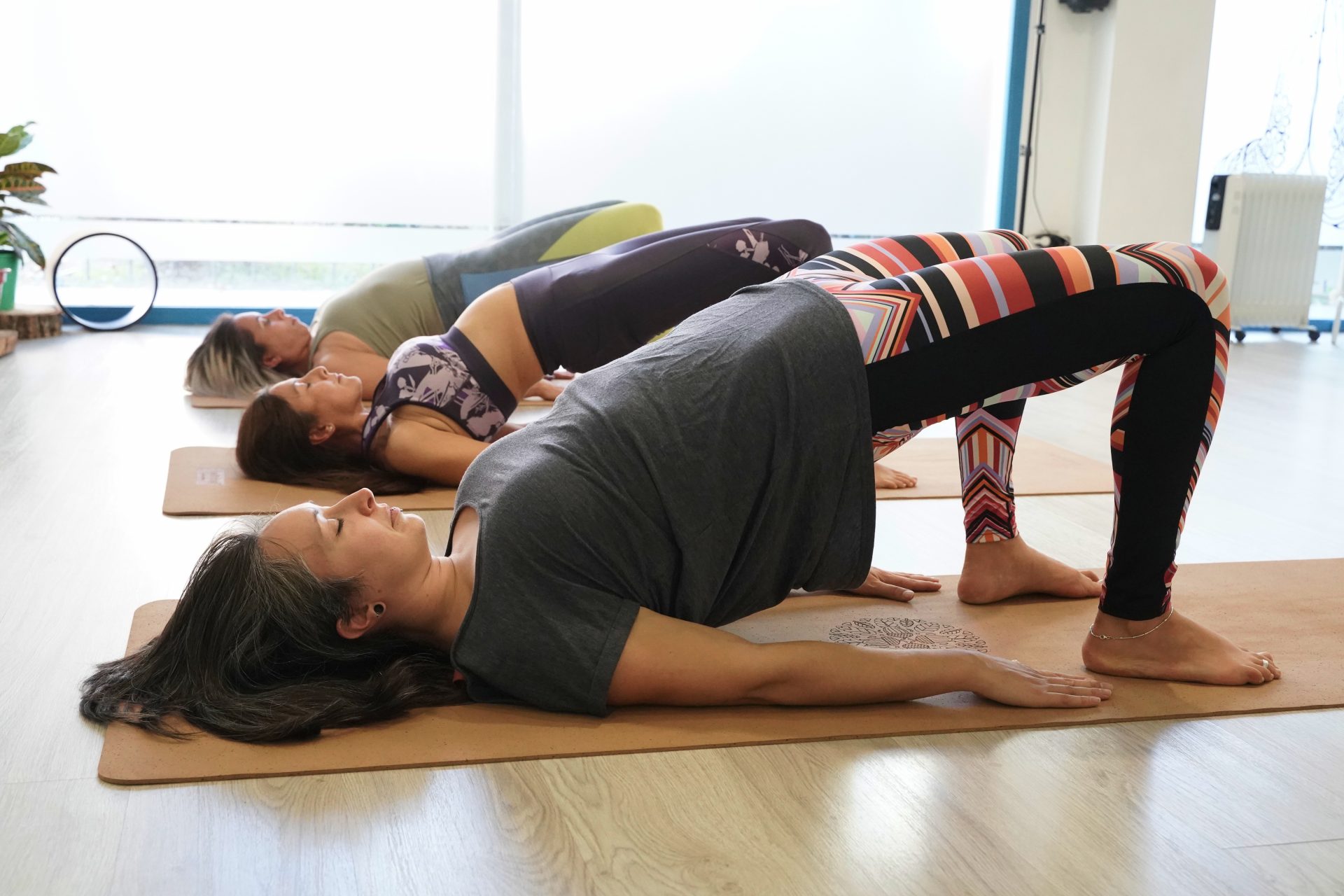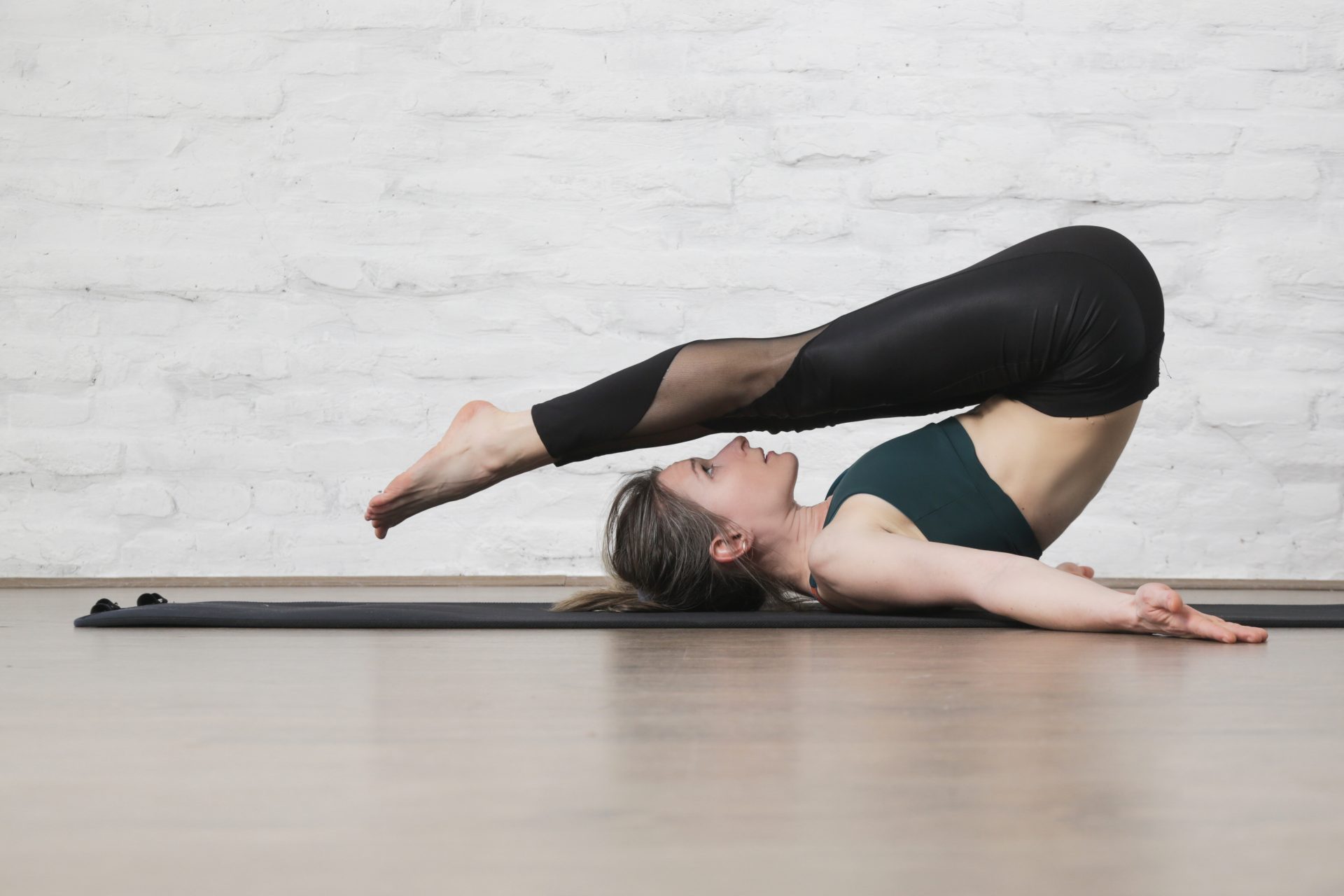A pilates instructor tells us the four moves she swears by to strengthen and mobilise her back.
It’s really no surprise that searches for exercises like lat pull downs, cable rows and face pulls have been spiking over the past year. After all, these are all moves that strengthen the back, and we need a strong posterior side to ensure we can sit down at our desks for long periods of time without aches and pains.
But it isn’t just these gym-based weight-lifting moves that build a back able to withstand modern desk life. Pilates is also a great way to support your spine and ease discomfort.
You may also like
30 days of pilates: “Here’s how classical pilates made me physically and mentally stronger”
While the workout may be more associated with working the front side of your body thanks to it’s hardcore abdominal moves, these low-impact exercises improve back strength in two distinct ways, says instructor Rhiannon Williams.
“Firstly, the focus on breath strengthens every part of your anatomical centre that supports the spine,” she says. “When you control your breathing, you engage your deep core, the muscles that wrap from your spine all the way around to your abdominals; your obliques, which connect your pelvis and your ribs; and your multifidus. The latter is the name for the 37 tiny muscles that run down the side of your spine from your skull to your lower back.
“Every time you engage your breath in pilates, you’re making a solid midsection from your head to tail.”
But pilates can also isolate the back muscles in different ways to other forms of exercise. “In traditional strength training, your focus is on keeping the spine neutral. When you squat and deadlift, your back stays straight. In pilates, you move through flexion, rotation and extension which all create a healthy and mobile spine,” Williams says.
Four pilates back exercises for strength and mobility
Swimmers
“In the gym, these are called dorsal raises, but they’re actually a traditional pilates move,” says Williams. “They isolate the upper back muscles, while also being a unilateral move that improves your stability and coordination.”
How to do pilates swimmers
- Lie on your front with your arms extended overhead with your biceps close to your ears and shoulders rolled back and down. Your hands should be floating off the ground.
- Engage your core by pushing your pubic bone into the floor and lift the tops of your feet off the floor.
- Squeeze the back of your body to lift your right hand and left foot towards the ceiling.
- Slowly lower and repeat on the other side.

Shoulder bridge
“This is different from your traditional glute bridge or hip thrusts that go straight up and straight down. In this pilates exercise, you’ll begin with a pelvic tilt and then articulate the spine up and articulate the spine back down to improve mobility while also powering the whole back of your body,” says Williams.
How to do a shoulder bridge
- Lie on your back with your feet planted on the ground, your heels around a palms distance from your glutes and arms gently placed on the floor next to you.
- Tilt the pelvis by pushing your pubic bone to the ceiling while drawing your belly button to your spine.
- Maintain this pelvic tuck as you push your hips off the floor, lifting one vertebrae at a time. Roll back further than you would in a glute bridge, coming onto the top of your shoulders and your neck.
- Hold at the top to feel a stretch through the front while the back of your body is taking on your weight, then lower down.
You may also like
Pilates core exercises to build stronger abdominals, glutes and back muscles
Rollovers
“This is one of my favourite moves because you move from a neutral to a flexed spine with control, working the abdominals and the multifidus,” says Williams.
How to do rollovers
- Lie on your back with your arms by your sides and your legs extended out long.
- Engage the core and slowly lift your feet off the ground. Keep peeling the legs back until you start to feel your sit bones lift off the floor.
- Maintaining a strong and engaged stomach, lift the hips off and begin to roll backwards so your back comes off of the floor.
- Make sure your legs and core are driving the movement, rather than simply flopping backwards.
- Using your core, peel your spine back down and lower the legs.

Swan dive
“Similar to rollovers, your spine moves from neutral into an engaged position, but this time we work extension (bending) rather than flexion (curling),” Williams explains.
How to do a swan dive
- Begin lying on your front with your hands next to your shoulders and palms on the mat.
- Press the pubic bone into the floor, squeeze your glutes and engage your core as you begin to peel the head and chest off of the mat.
- Keep pressing the lower body down into the floor as you slowly lift your arms off the mat and extend them overhead.
- Place the hands back on the ground and lower down.
Images: Getty
Source: Read Full Article
